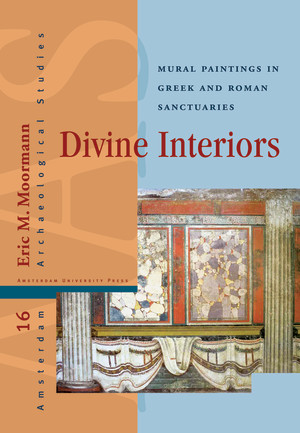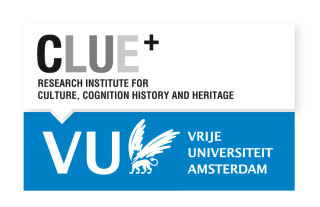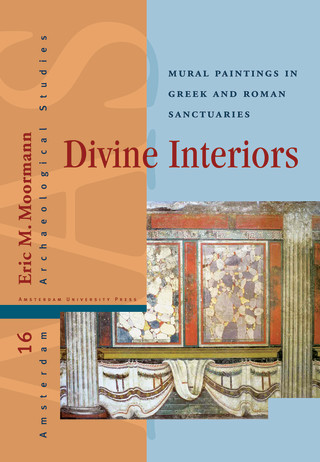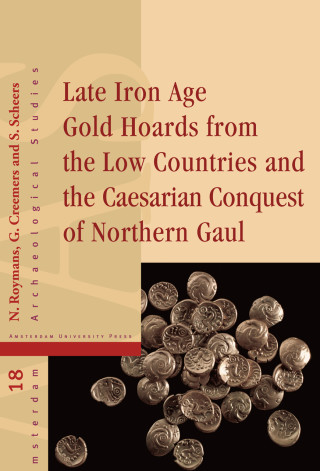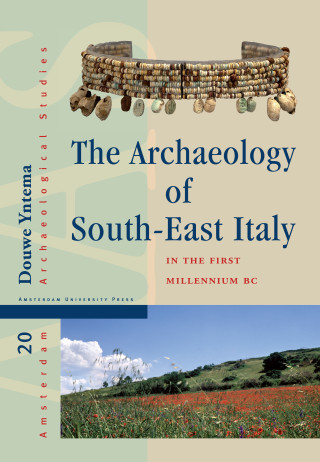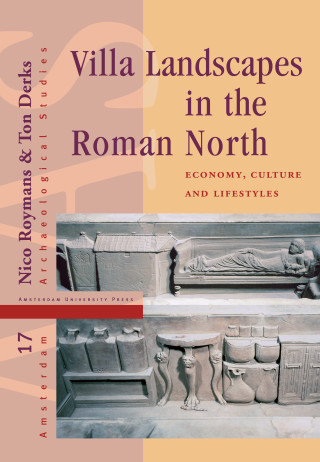"Divine Interiors is a unique and much-needed book that fills a conspicuous gap in the scholarship on ancient Greek and Roman wall painting. Moormann has succeeded in forging a sound methodology for investigating this subject by investigating both ancient attitudes toward temple painting as found in preserved texts and through careful analysis of preserved remains of paintings in temples throughout the Roman world.
Moormann has organized this disparate material logically, by dividing the temples according to cult. First come the public temples, first in Greece and Roman Italy, then in the western and eastern provinces. Next are the shrines dedicated to the Emperor cult, followed by the shrines housing non-Roman deities such as Isis, Mithras, and Sabazios. Dura-Europos merits a separate chapter, given the unusual preservation of temples representing the cults of Bel, Zeus Theos, Judaism, Gadde, and Christianity.
Throughout Moormann’s scholarship is extremely thorough and accurate; he has left no stone unturned in his investigation. The result is an eminently useful account of this neglected subject. Readers will appreciate the thoroughness of Moormann’s account and will find it a solid foundation for further study of the paintings found in Greek and Roman temples."
--John R. Clarke is Regents Professor of Art History at the University of Texas at Austin. He is the author of seven books on the art and culture of ancient Rome, with emphasis on the ways that visual culture indexes the practices of everyday life.|"Apollon, Isis, Mithra : how could the devotee identify the temple he entered ? Are there similarities between public sanctuaries, private oratories, scholae and temples for imperial cult? This highly sophisticated study is based on literary sources, but mostly on wall-paintings from Elst, Pompeii, Ostia, Luxor, Dura-Europos, and many other sites in the roman world."
Hélène Eristov, researcher at the CNRS (Paris), expert in ancient wall-painting, works in Italy, Gaul, Middle East.

